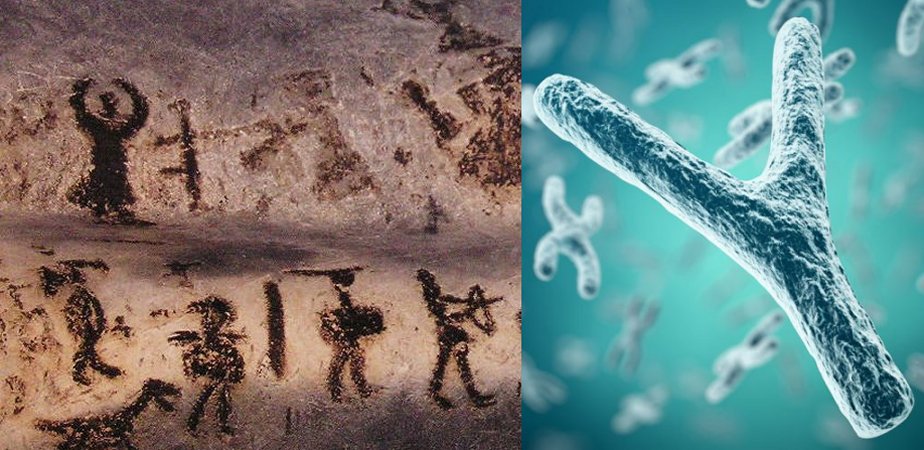Conny Waters - AncientPages.com - Starting about 7,000 years ago, something weird seems to have happened to men: Over the next two millennia, recent studies suggest, their genetic diversity –specifically, the diversity of their Y chromosomes – collapsed. So extreme was that collapse that it was as if only one man was left to mate for every 17 women.
Anthropologists and biologists have long been puzzled by this event, but they now think they have finally solved this long-standing mystery and can shed light on what really happened 7,000 years ago.
Neolithic Y-Chromosome Bottleneck
According to Stanford researchers, the solution is simple. The collapse, they argue, was the result of generations of war between patrilineal clans, whose membership is determined by male ancestors.
Tian Chen Zeng, a Stanford undergraduate in sociology, thinks he has found the answer to the origins of the “Neolithic Y-chromosome bottleneck,” as the event is known.
In a press release, scientists say, “it’s not unprecedented for human genetic diversity to take a nosedive once in a while, but the Y-chromosome bottleneck, which was inferred from genetic patterns in modern humans, was an odd one.
First, it was observed only in men – more precisely, it was detected only through genes on the Y chromosome, which fathers pass to their sons.
Second, the bottleneck is much more recent than other biologically similar events, hinting that its origins might have something to do with changing social structures.”
Social Structures Were Changing
After the onset of farming and herding around 12,000 years ago, societies grew increasingly organized around extended kinship groups, many of them patrilineal clans – a cultural fact with potentially significant biological consequences. The key is how clan members are related to each other. While women may have married into a clan, men in such clans are all related through male ancestors and therefore tend to have the same Y chromosomes. From the point of view of those chromosomes at least, it’s almost as if everyone in a clan has the same father.
That only applies within one clan, however, and there could still be considerable variation between clans. To explain why even between-clan variation might have declined during the bottleneck, the researchers hypothesized that wars, if they repeatedly wiped out entire clans over time, would also wipe out a good many male lineages and their unique Y chromosomes in the process.
Testing The Theory
To test this theory, scientists created mathematical models and computer simulations in which men fought – and died – for the resources their clans needed to survive. As the team expected, wars between patrilineal clans drastically reduced Y chromosome diversity over time, while conflict between non-patrilineal clans – groups where both men and women could move between clans – did not.
This model also accounted for the observation that among the male lineages that survived the Y-chromosome bottleneck, a few lineages underwent dramatic expansions, consistent with the patrilineal clan model, but not others.
The result of this study has been published in Nature Communications
Written by Conny Waters - AncientPages.com Staff Writer






